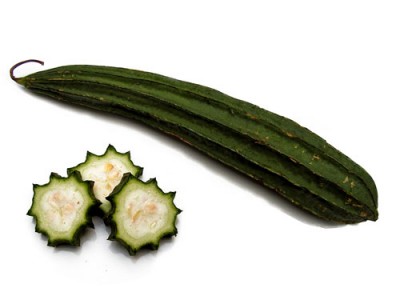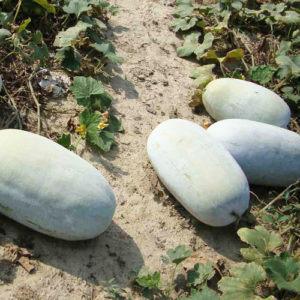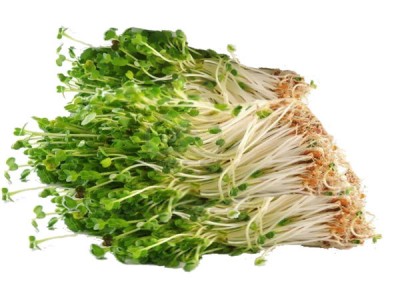

Ash Gourd Uses And Its Medicinal Values
Ash Gourd aka Waz gourd
Plants that are found in tough mountain terrains withstands rough climates such as scorching heat waves, sudden rainfall or sunshine, extreme frost, cool nights, unexpected snowfalls and light showers.
They benevolently grow and achieve various heights only to produce useful items like fruits, vegetables and flowers. The human beings learn many things from the plants and one important aspect they should learn from the plants is patience.
This topic will deal with a plant named Ash gourd which also is also known as winter melon. The botanical name of this plant is Benincasa hispida.The other common names of this plant are white gourd, winter gourd and tallow gourd. This plant comes under the family Beniscasa.
Native And Growth
The fruit is fuzzy and the young ones have a thick white flesh which is sweet when eaten.During the process of maturity the fruit loses its hair and is replaced by a waxy coating giving rise to the name wax gourd. This plant reaches a height of 80 cm.This plant is native to South Asia and Southeast Asia. Fully grown fruit will not be sweet.So melon is only used as suffix. These melons grow well in warmer weather and they can be stored for many months like winter squash.
Cultivation
The Ash gourds that are cultivated in India have a white coating with very rough texture. South East Asian ash gourds have a smooth waxy texture. Since it grows wonderfully during winter season it is called winter melon. These melons can be stored for at least 12 months.
Medicinal Properties
- This plant has many medicinal properties. It is used in Ayurvedic system of medicine for the treatment of certain diseases.
- It is used as an ingredient in the soups and helps produce more milk for breastfeeding.
- The melons are used in pork soups and other meat items.
- Taiwanese and Chinese use melons as filler in moon cakes.
- This melon is used during New Year festivals. Philippines call this melon as kundol, kondol or gondol.
- It is also used in savory soups and stir-fries. North Indians prepare a candy named Petha.
- Juice of the melon is used for the treatment of dysentery. Winter melon tea is very famous drink in Southeast Asia.
Nutritional Uses
- This wonderful plant has high amounts of Vitamins such as B1, B3 and C.
- It also has calcium in high amounts.
- Ash gourd contains 96% of water and can reduce high blood pressure.
- The ayurvedic experts prescribed ash gourd for the treatment of nervous problems, epilepsy and other brain problems.
- The seeds can be used to expel stomach worms.
- Ash gourd is beneficial in dealing with various respiratory ailments such as asthma, bronchitis and chest congestion.
- It has lots of curative properties and can be used for treating stomach ailments.
| Nutrients | Amount Value | % DV of RDA |
|---|---|---|
| Energy | 71 kJ | N/D |
| Protein | 0.53 g | 1.06% |
| Total Fat | 0.26 g | 0.74% |
| Ash | 0.4 g | N/D |
| Carbohydrate | 3.96 g | 3.05% |
| Dietary Fiber | 3.8 g | 10.00% |
| Vitamins | ||
| Vitamin C | 17.2 mg | 19.11% |
| Vitamin B2 | 0.145 mg | 11.15% |
| Vitamin B1 | 0.053 mg | 4.42% |
| Vitamin B6 | 0.046 mg | 3.54% |
| Vitamin B5 | 0.176 mg | 3.52% |
| Vitamin B3 | 0.528 mg | 3.30% |
| Minerals | ||
| Sodium | 147 mg | 9.80% |
| Zinc | 0.81 mg | 7.36% |
| Iron | 0.53 mg | 6.63% |
| Phosphorus | 25 mg | 3.57% |
| Manganese | 0.077 mg | 3.35% |
| Copper | 0.03 mg | 3.33% |
| Others | ||
| Tryptophan | 0.003 g | 0.68% |
| Lysine | 0.012 g | 0.36% |
| Methionine | 0.0047 g | 0.28% |
| Palmitic acid | 0.015 g | N/D |
| Stearic acid | 0.007 g | N/D |
| Oleic acid | 0.049 g | N/D |
| Linoleic acid | 0.115 g | N/D |
Health Benefits of Ash Gourd
Ash Gourd Facts
People suffering from obesity or overweight should include this wonderful melon to reduce their weight quickly. It also has higher contents of potassium and should be used by everyone regularly to improve their health. Health conscious people will be benefited a lot when they consume this vegetable regularly.



